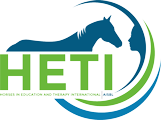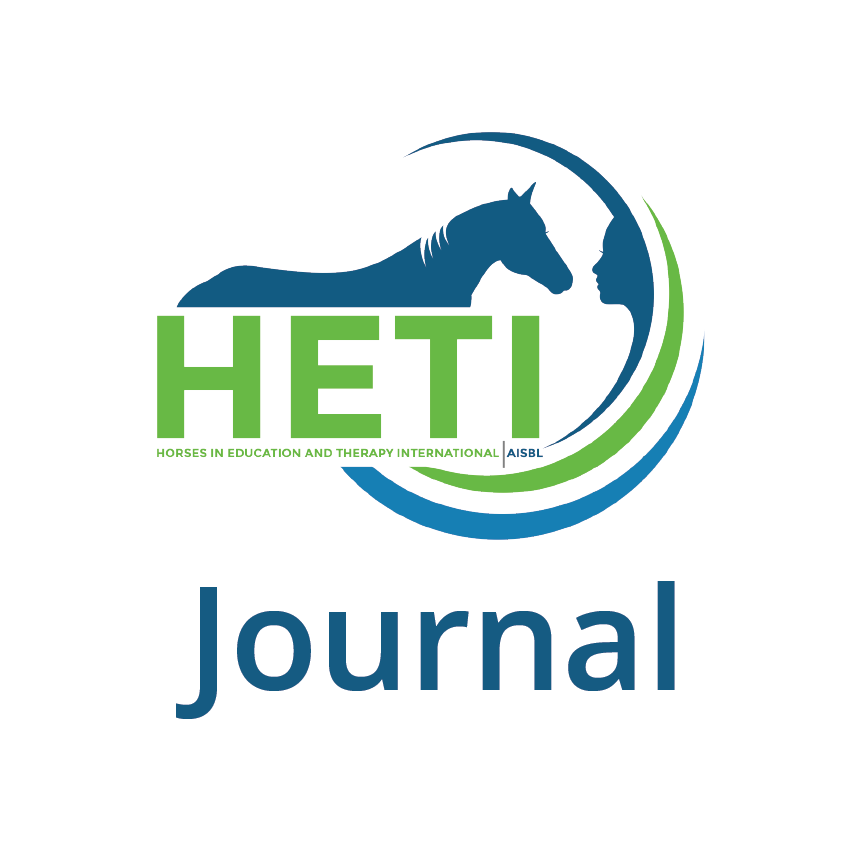Veterans, PTSD, and Equine-Assisted Psychotherapy: Perspectives of Licensed Mental Health Therapists
€10.00
| Author | Valerie Hoermann, Michael L Burger |
|---|---|
| Year | 2023 |
| DOI | |
| Volume and Page number | Volume 22, page 52 |
Veterans returning home after deployment and active military personnel have been members of a highly vulnerable population for whom trauma, suicide, domestic issues, substance abuse, crime, and homelessness have been complicating factors. Equine-assisted psychotherapy (EAP) has gained in popularity as a treatment for post-traumatic stress disorder (PTSD) and other mental illnesses Veterans experience. It has drawn attention from federal agencies, but the literature pertaining to the best and most effective techniques and practices is unclear or nonexistent. We conducted this study to (a) analyze licensed equine-assisted mental health therapists’ (LMHT) observations regarding the relative efficacy of EAP in mitigating or eliminating PTSD symptoms in Veterans, and (b) help LMHTs adopt and implement a set of best practices with respect to EAP for U.S. Veterans who suffer from PTSD. We hoped the answers to both of those inquiries would improve understanding and practices associated with using EAP as a treatment for PTSD. The 31 LMHTs who participated reported that EAP worked best for PTSD (as a stand-alone therapy) when compared to 10 other mental health disorders. They did not think EAP worked as well for clients whose diagnosis included schizophrenia. Typically, sessions consisted of one client (although the size of the treatment group did not impact EAP’s effectiveness). The sessions typically ran from one to two hours. We recommend the establishment of a clearing house that provides information on the relative effectiveness of different practices, and that other researchers examine the long-term effects of preferred treatments on Veterans.

